Wealth Maximization in India: Meaning, Strategies & Guide (2025)
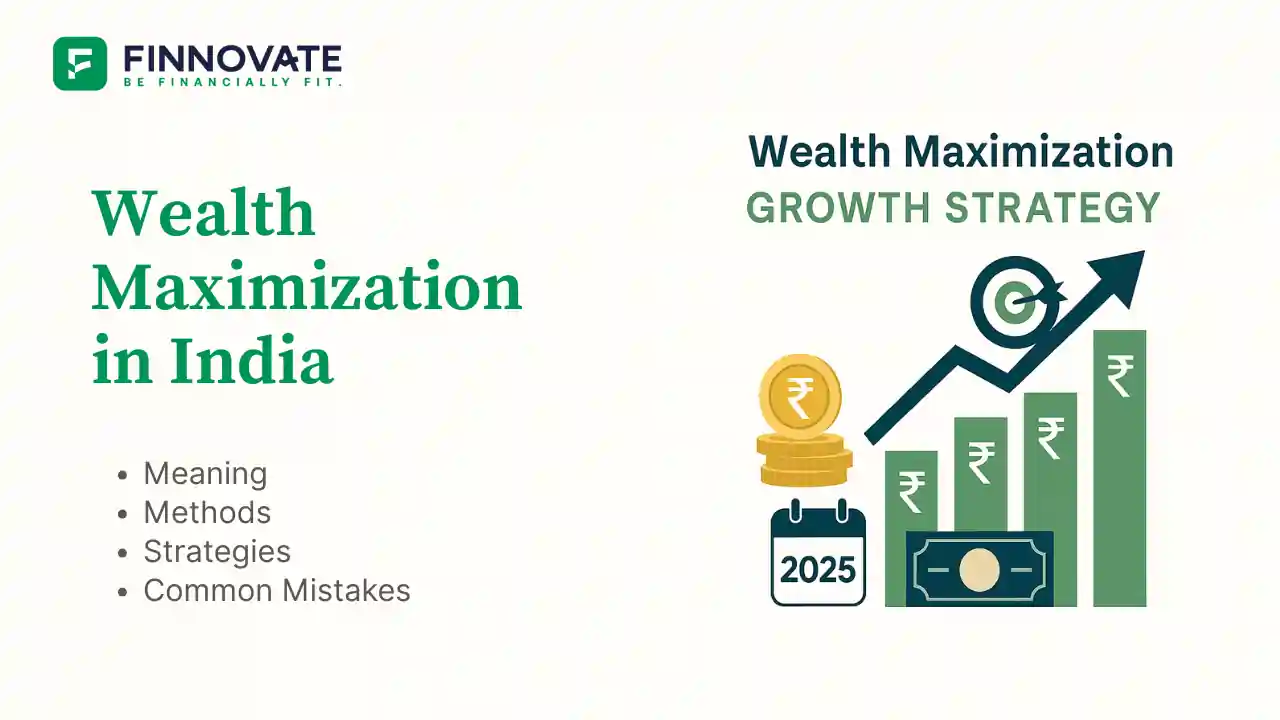
By

Wealth maximization means growing the value of a business or an individual’s assets over time. In financial terms, it's the process of increasing the net present value (NPV) of future cash flows to maximize long-term shareholder or personal wealth.
In simpler words:
It's not just about earning more - it's about making your wealth grow consistently, sustainably, and in a way that outpaces inflation and taxes.
For businesses, it means focusing on increasing market value, not just accounting profits.
For individuals, it means growing net worth using smart asset allocation, compounding, and disciplined investing.
In the Indian context, wealth maximization is especially important because:
To understand wealth maximization fully, let’s break down the financial logic behind it.
A rupee today is worth more than a rupee tomorrow. That's why wealth-max strategies focus on NPV (Net Present Value).
NPV = Present Value of Future Cash Inflows - Initial Investment
If NPV > 0 → the investment adds to wealth.
EVA = Net Operating Profit After Tax - (Capital Invested × Cost of Capital)
A positive EVA means you're generating returns over your cost of capital.
Real-life example:
If your investment in a mutual fund grows at 12% while inflation is at 6% and your cost of capital is 8%, you are adding real wealth.
| Feature | Profit Maximization | Wealth Maximization |
|---|---|---|
| Focus | Short-term earnings | Long-term value creation |
| Time Horizon | Quarterly/Annual | Multi-year or lifetime |
| Key Metric | Net Profit | Share price / Net Worth / NPV |
| Risk Consideration | Often ignored | Carefully managed |
| Stakeholder Impact | Primarily for owners | For shareholders + investors |
For businesses, wealth maximization = shareholder value.
For individuals, it = growing net worth with smart investing.
Spread investments across:
Leverage compounding. A 10-year delay can reduce your final corpus by 50–60%.
Read: Basics on Mutual Funds & SIPs
Use ELSS, NPS, HUF, and capital gains exemptions to reduce tax drag.
Ensure your wealth is protected via Wills, Trusts, or nomination structures.
HNIs and business owners often use structured debt to create wealth by investing in high-growth assets (AIFs, startups, real estate).
India has a well-regulated ecosystem for wealth management:
| Regulator | Relevance |
|---|---|
| SEBI | Regulates mutual funds, PMS, AIFs, stock brokers |
| RBI | Controls macroeconomic levers affecting rates |
| IRDAI | Regulates insurance products used in wealth protection |
| Income Tax Act | Guides tax-efficient planning under 80C, 80D, 54F, etc. |
Also, fintech-led platforms now offer PMS, mutual funds, and global investing with low friction.
A 35-year-old doctor wants to retire at 55. He invests ₹50,000/month in equity SIPs for 20 years.
He beat inflation, avoided tax drag, and achieved financial freedom.
Now compare this to parking the same money in FDs at 6% post-tax: Final corpus is barely ₹35L.
Wealth maximization is not about chasing returns - it’s about structured, goal-driven, tax-smart investing that builds sustainable prosperity.
Still unsure where to begin? Talk to a SEBI-registered planner or take our free FinnFit test to get a roadmap.
Q. Is wealth maximization only for the rich?
A. No. Even a ₹2,000 SIP over 25 years creates significant wealth.
Q. Can mutual funds alone help me maximize wealth?
A. Yes, if used with proper asset allocation and long-term mindset.
Q. How do I measure if I’m actually maximizing wealth?
A. Track XIRR, NPV of investments, and net worth over time.
Disclaimer: This article is for informational purposes only and does not constitute investment, tax, or legal advice. Please consult a SEBI-registered financial advisor before making any investment decisions.

Learn how to easily download your NSDL CAS Statement in PDF format with our step-by-step guide. Follow our instructions to log in to NSDL e-Services, download your account statement, and subscribe for
Read Full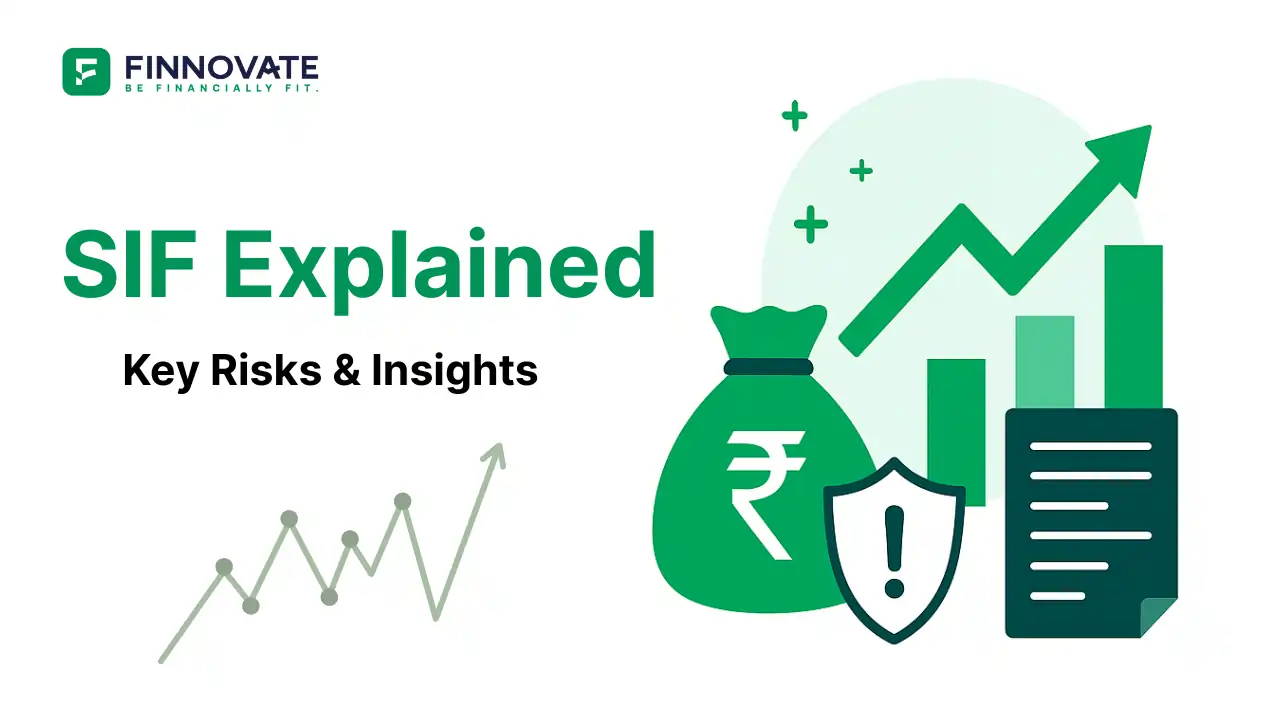
Explore what Specialised Investment Funds (SIFs) are, their benefits, taxation, minimum investment, how to invest, how they compare with mutual funds and PMS and latest developments in SIF space
Read Full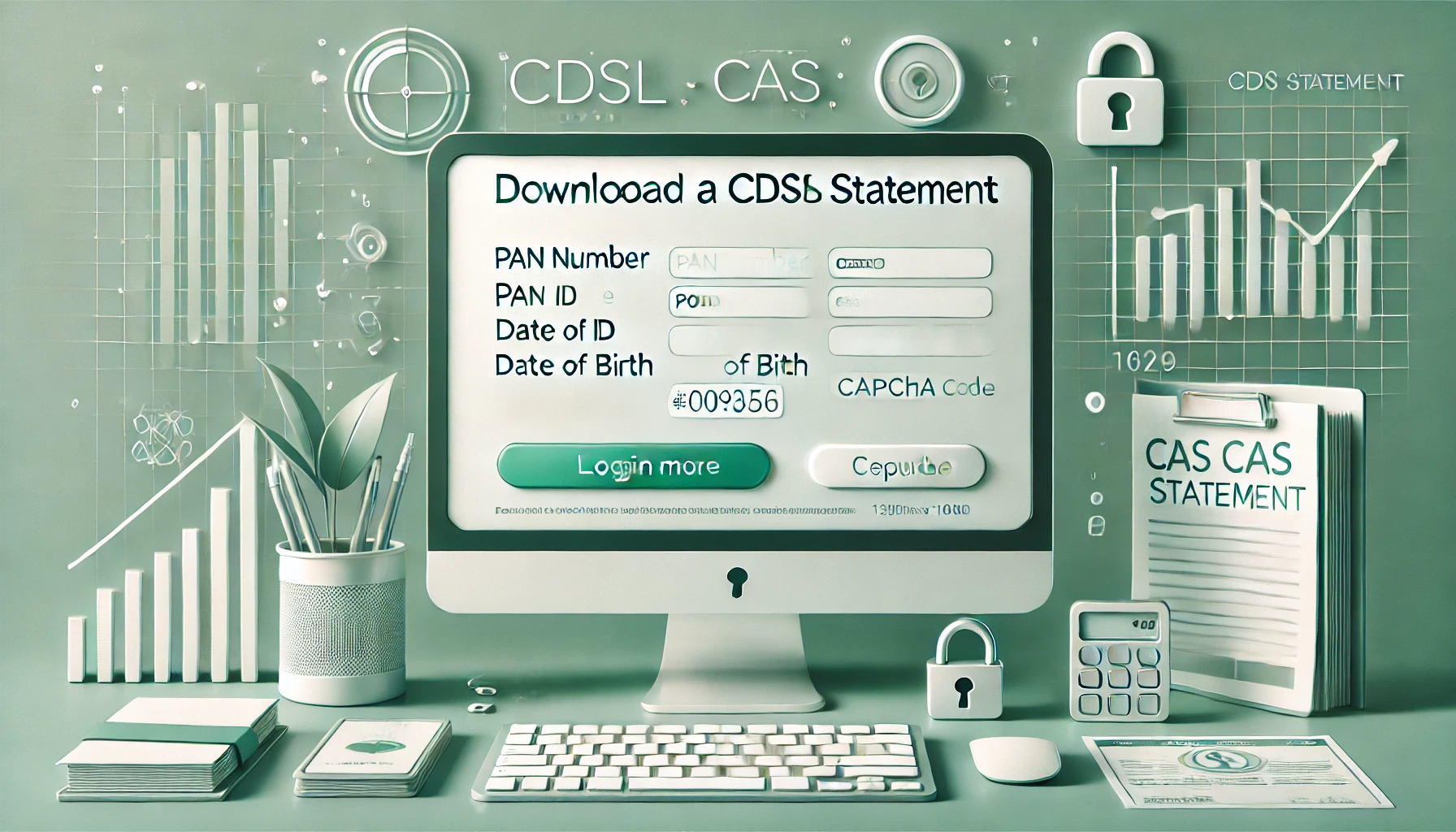
Learn How to Download Your CDSL CAS Statement with our step-by-step guide. Easy instructions for accessing your investment details online.
Read Full
Analyzing the potential economic impact of the 2025 India-Pakistan conflict on India's GDP growth, manufacturing sector, and foreign investment.
Read Full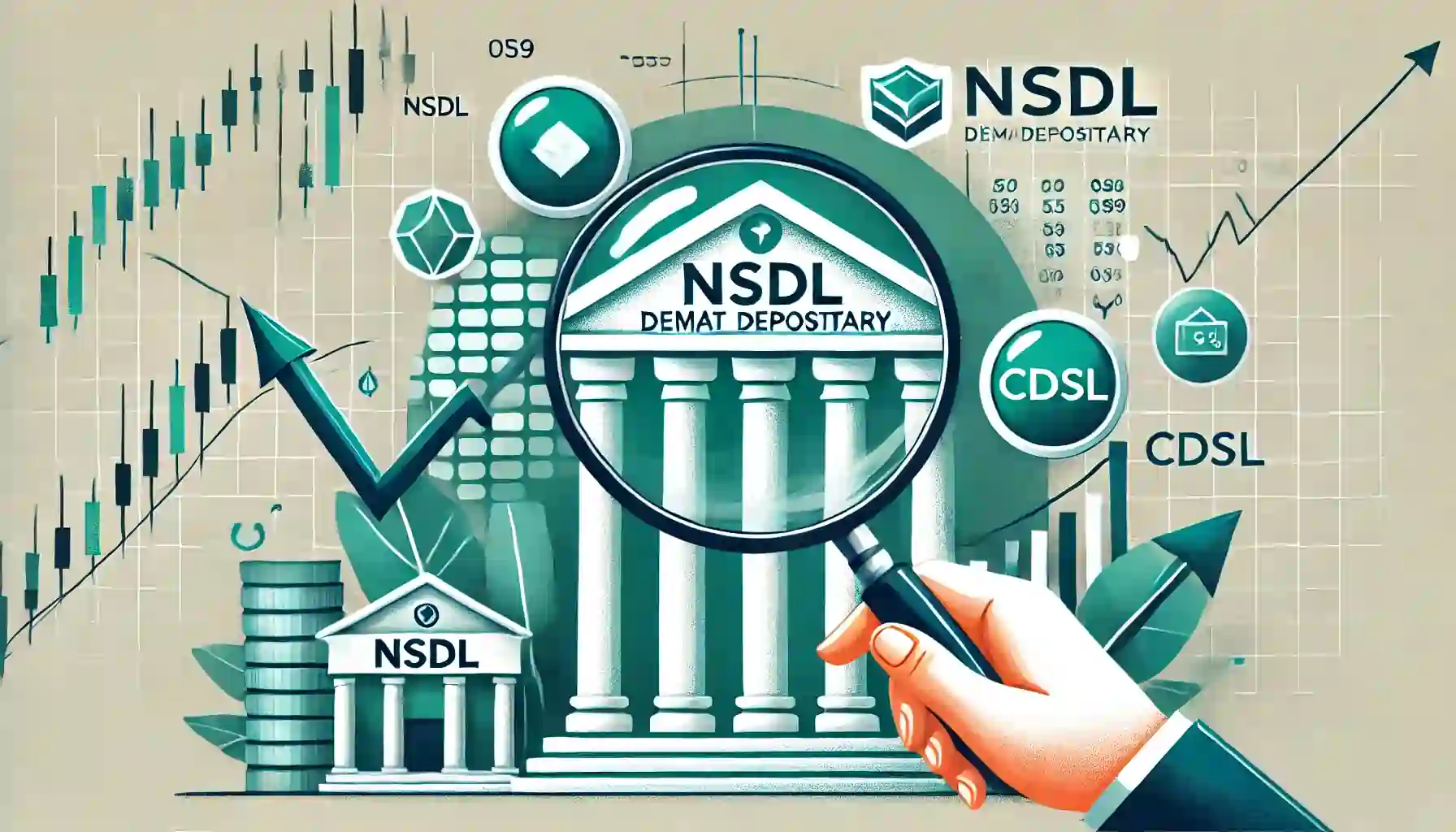
Determine if your Demat Depositary (DP) is NSDL or CDSL easily. Follow our guide to check using broking platforms or Demat account number formats
Read Full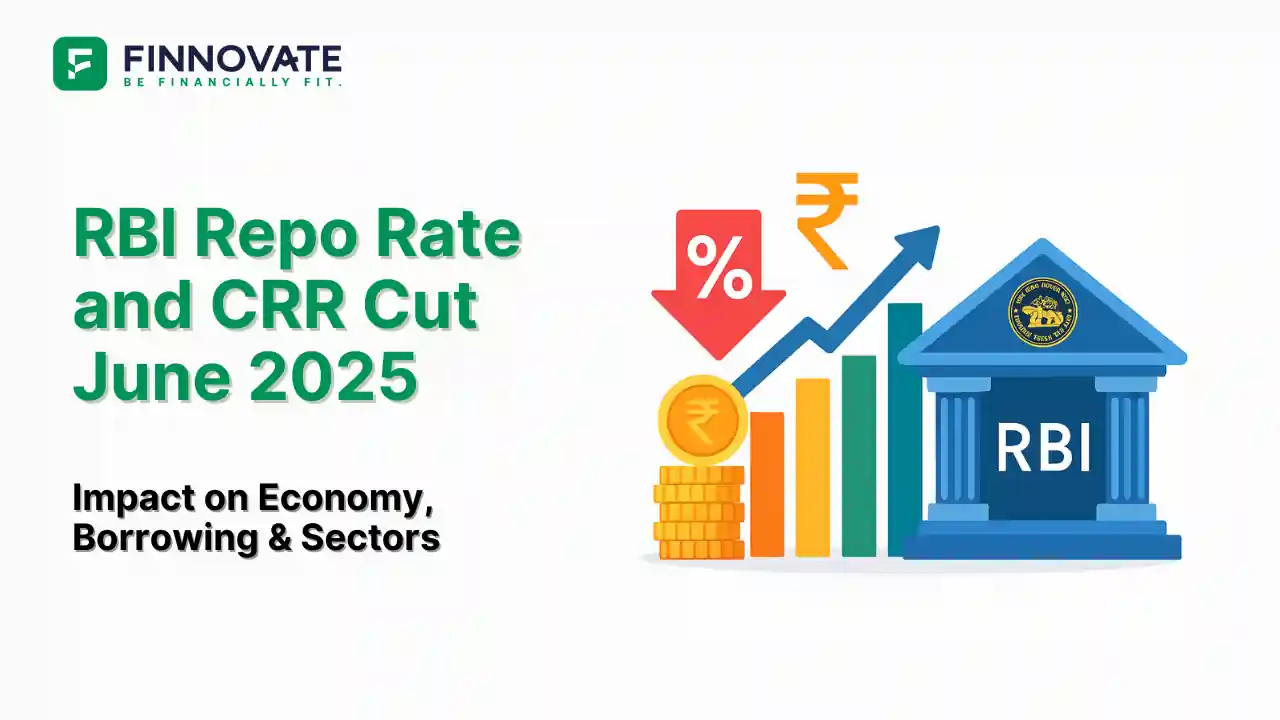
RBI cuts repo rate by 50 bps and CRR by 100 bps in June 2025 to boost growth. Learn how it impacts inflation, borrowing, sectors, and market trends.
Read Full
Looking for the best financial freedom books? Here’s a handpicked 2025 reading list with summaries, why to read, and who it's best for.
Read Full
Discover key facts about Ola Electric IPO launching in 2024. Simple guide covering business, financials and investment potential.
Read Full